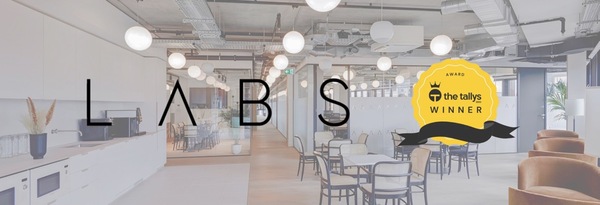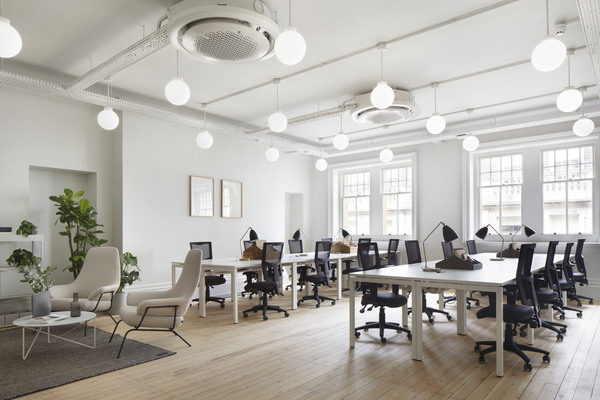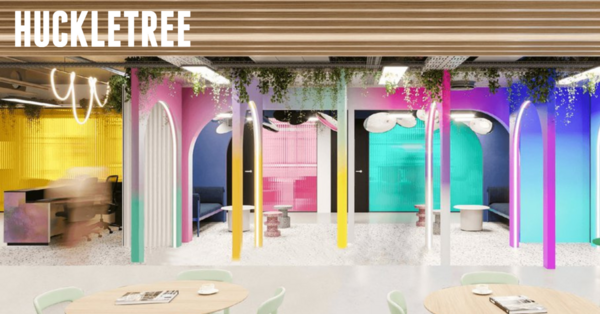Monday 13th May 2024
How Much Office Space Do I Need?

So, you want to find an office that your team will be happy and productive in, that’s good value for money and allows room for growth. How do you know how much office space you need?
Gone are the days when we all left our homes at the same time every morning, sharpening our elbows to charge through crowds, or hurtling up the motorway to get to our desks on time. For many, going to the office has become a novelty. For business owners, finding a space that’s the right size for a team with evolving needs is a challenge - and a big commitment.
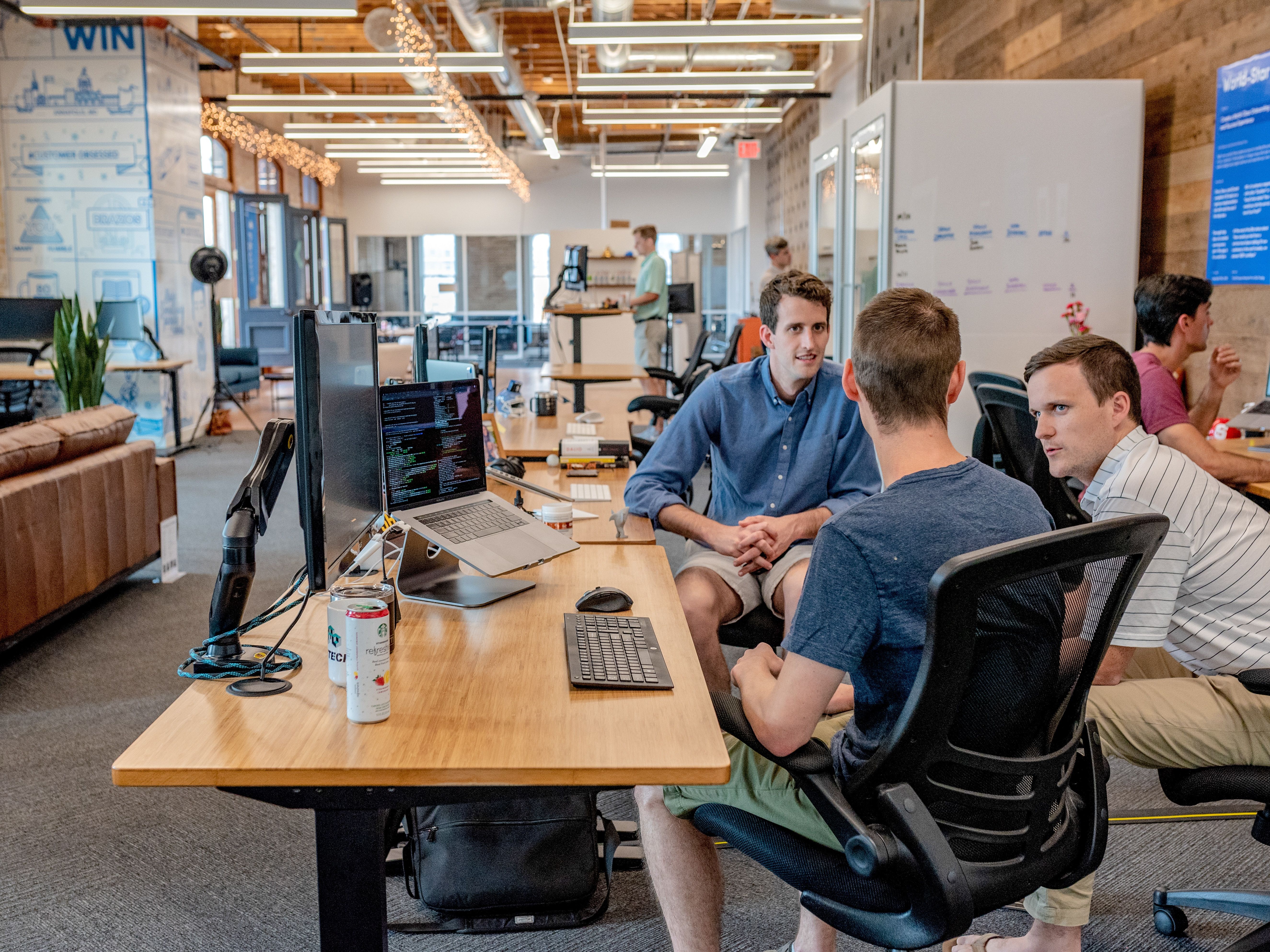
Whilst you’re working out “how big”...
It’s often worth looking at a more agile solution that can flex along with your needs. Using a platform that allows individuals and teams to book “as they go” could be just what you need. Likewise, using a desk-booking tool is a great way of ensuring that your employees can “help themselves”. Alternatively, some of our clients lease a small office short-term at first - we have found offices for clients with an “on-demand” optional upgrade to supplement the space further down the line. Whatever you decide to do...
With 81% of the workforce never wanting to return to work full-time, it’s very difficult to know how many people will actually come into your office and how often.
Do they all need to come to the same office even? Because we all want different things from hybrid working. In a recent survey of Gen Z-ers, 27% said they wanted to go to the office to make friends, whilst we know that many people will only need to collaborate with certain team members on certain days and some won’t want to come in at all. So, how do you ensure that your office is the right size, for the right people, on any given day? You need to talk to everyone in your team and have a system in place that they can feed their own requirements into.
So, you’re ready for an office - who’s going to come in, and when?
If you already know the maximum number of people that will regularly come in on allocated days, then you are in a good position to take on a leased office for that number of people. But what if you’re ready for your own office but your teams just come in when they want to?
If you don’t call everyone in regularly, we recommend you look for an office that has capacity for 70% of your workforce.
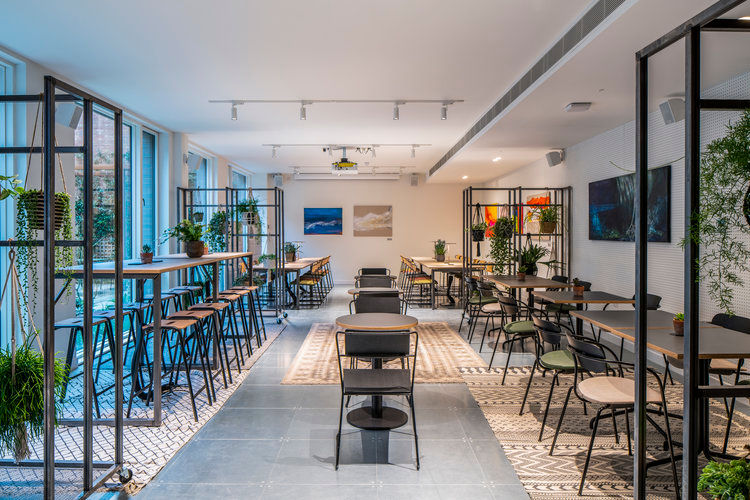
Space Equations
Working out the number of people that you need to fit in your office space is one thing, how much space they’ll need per person and what you’ll need to fit into it - more tricky! Unfortunately, the commercial property industry deals almost exclusively in ‘square footage’ when it comes to leasing office space. For the majority of us, this is unfamiliar territory. But it doesn’t have to feel like rocket science. Here’s some tried and tested formulae to help you get it right the first time.
How much office space per person?
The common rule is 50-100 sq. ft. per employee. This allows for roughly 50 sq ft for a desk and another 50 sq ft to accommodate room in communal areas. NB: The Workplace Regulation Act 1992 states that each employee within the space should be afforded 40sqft of the total space.
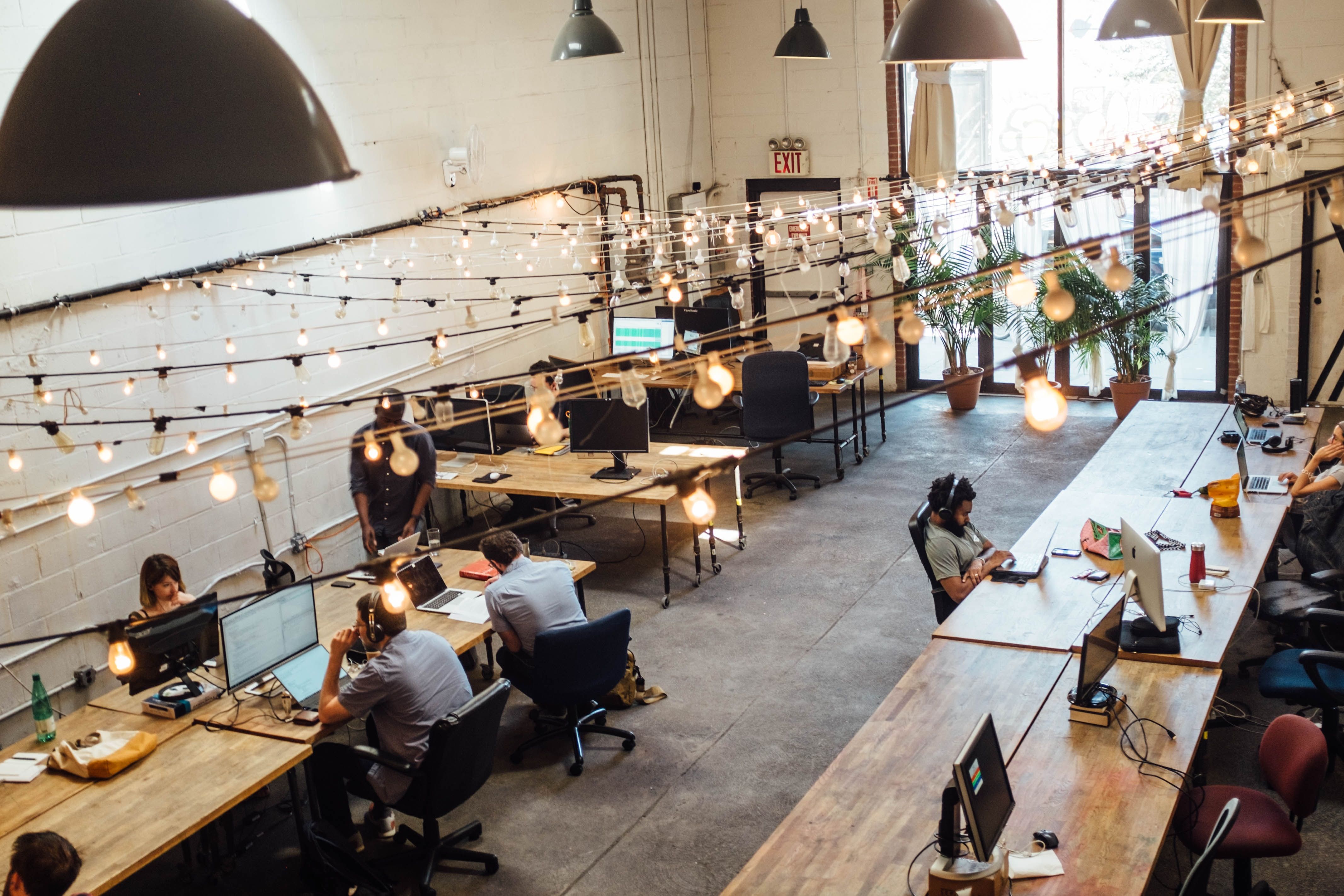
Space Calculator
Your space requirements are one of the most important parts of your workplace strategy. Use our calculator to work out how much space you need. CALCULATE HERE
Desks
You don’t want to run out of desk space on certain days. Some things to consider:
No more desk chess, just happy, flexible employees.
How many toilets?
Make sure you ask how many toilets are available throughout the building and decide if you want your toilet cubicles to be single-sex or unisex.
Up to 25 people = 2 toilets, 25-50 people = 4 toilets
Phone booths
If you have a sales or customer service team, they will spend a lot of time on the phone and need to feel comfortable. However, phone booths take up a lot of space and some people don’t like using them.
Don’t install too many booths at once - see how much they are used and build more as necessary Think about larger 2 person booths or zoom booths that are more spacious. These cost £4-7K each Choose phone booths that you can build from flatpacks that are good quality (and you can take them to your next office if you move on).
Meeting Spaces
Every office space needs places for people to meet, gather and connect - it’s the reason why people come in. So, there needs to be a good mix of more open, communal areas and private meeting rooms.
Tally Workspace provides our clients with meeting room credits that you can use to book meeting spaces ad hoc and top-up when you need to.
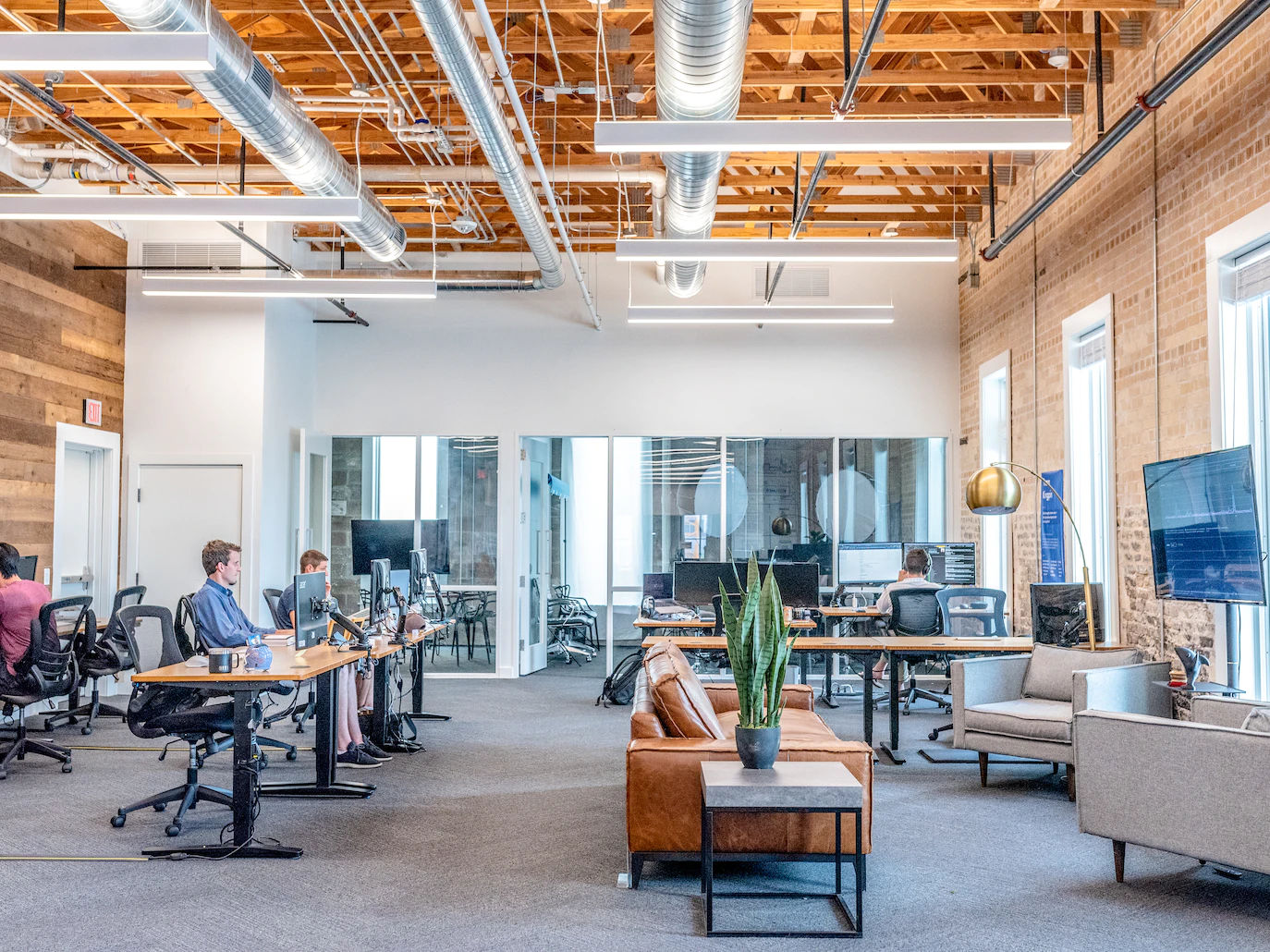
But if you are leasing your own office, you need to consider how many dedicated meeting rooms you need.
Case Study 1: Meeting Room Chess
One of our clients is a team of 20 people, who were all booking their own meeting spaces individually - lots of additional rooms, lots of additional costs. Tally Workspace found them a 15 person office for 1 day a week, when they all wanted to be together and a smaller office just for the sales team of 9 people The other team members all use Tally Workspace to book desks and meeting rooms on demand. Flexibility works!
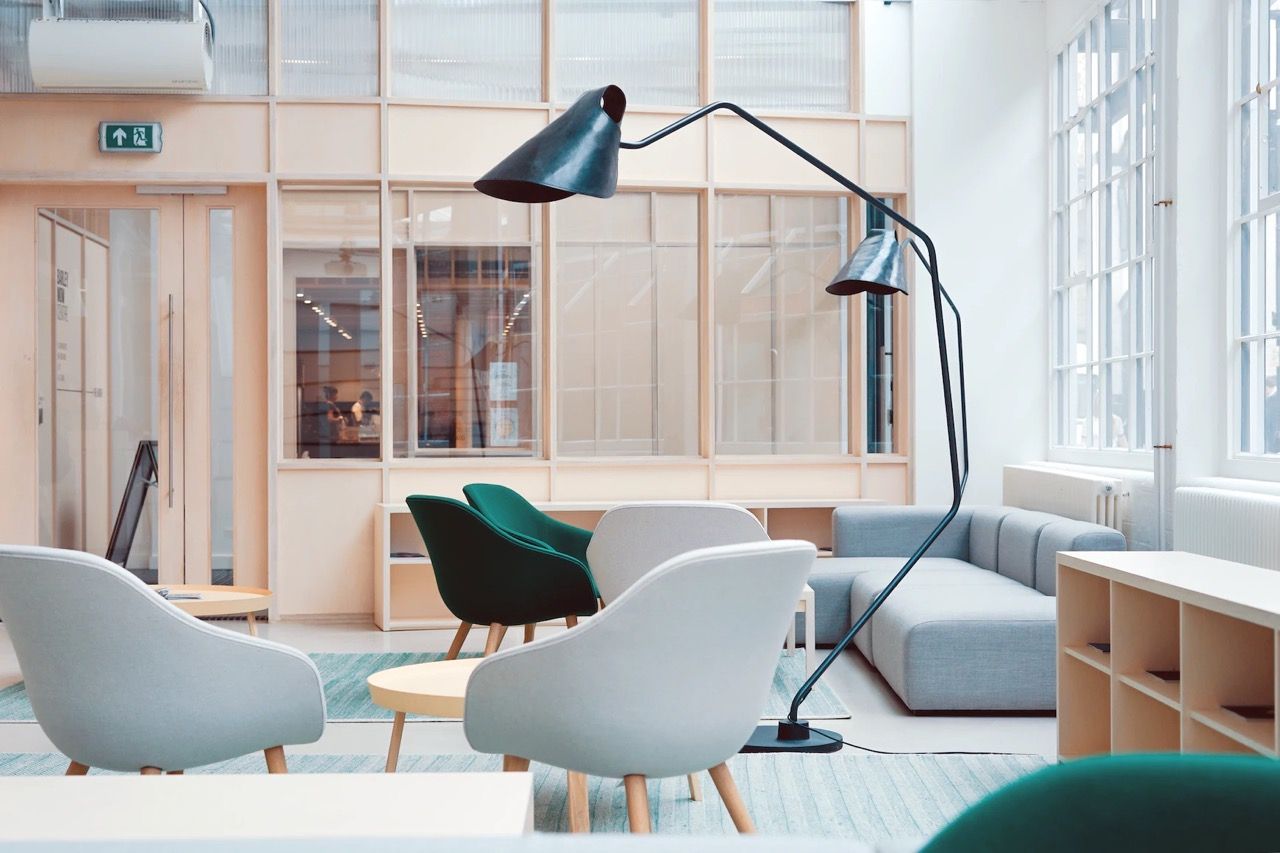
How much space per meeting room?
Small meeting room (2-4 people) = 100sq ft Large meeting room (4-8 people) =150 sq ft Conference room (20-30 people) 300 sq ft Board room (15-20 people) = 220 sq ft
Design and layout - making the most of your space
It’s true, people feel happier when they have more space. But thoughtful design and layout play their part too.
How you decorate and design your space is unique to your team - it’s important to co-create the space together, to inspire your team to “think big”:
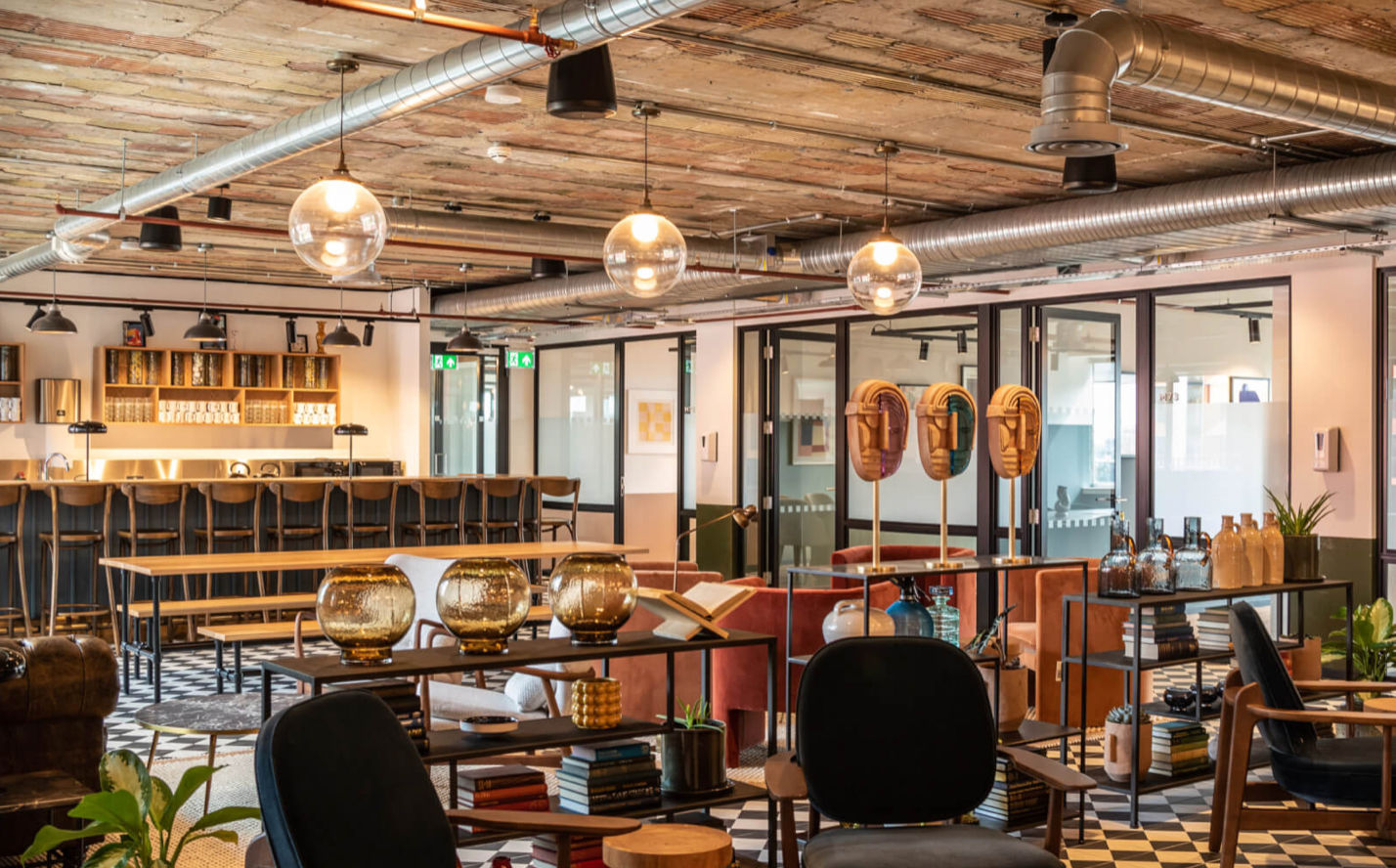
Case Study 2: Design and Layout
One of our clients was wasting money on 30 desks in a shared office that was two thirds empty most days. They came to us looking for “more multi-purpose hub” than office. We found them a space that they repurposed to fit their specific needs - with a podcast studio, a phone booth and a large collaboration space. They have decorated it in their brand colours and their employees love to be there.
Make space for privacy
It’s easy to overlook your employees’ need for privacy and quiet - but some people are finding it difficult to return to the buzz of an office.
A space where you can take time out, as well as make calls, is important.
Accessibility
In order to make your office accessible for all current and future employees, you may need to make some adjustments and allow for additional space:

Some final thoughts…
When working out how big your office should be, flexibility is key. If you want to “start small”, you may still be better going with a larger office operator. It will then be easier to upgrade within your lease terms to something that suits you further down the line. They will also be able to advise on all things space- and layout-related in your new office.
Tally Workspace has helped many businesses find the best office spaces available and can help you work out the smaller details and find the most flexible solution for you.
Tally Workspace’s top tips:
Working out where to work? Speak to the Tally Workspace team!
Written by Kamile Kupryte
